MCT Heroes
During our Human Computer interaction seminar, Anna Xambó asked us to create a blog post with notable people in music technology that inspire us. Here are the submissions from the class.
Frank Zappa
Text: Mari Lesteberg
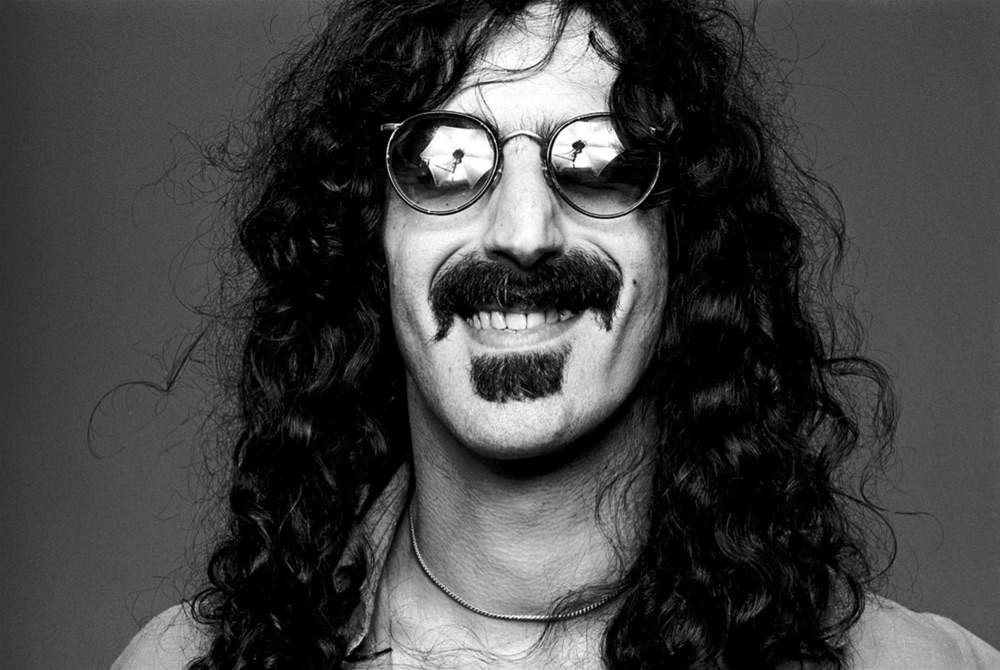
“You can’t always write a chord ugly enough to say what you want to say, so sometimes you have to rely on a giraffe filled with whipped cream.” - Frank Zappa
Frank Zappa was an American composer, musician and producer born in 1940 in Maryland, United States. From early on, he showed interest in modern composers such as Stravinsky and Varèse, and his music reflects an interest in dissonant music and irregular rhythms. He is known for a great number of record releases and his humorous and satirical song lyrics. Zappa started his musical career as a drummer, but during most of his career, he fronted his bands as a guitarist and a vocalist. Zappa died from prostate cancer in 1993, and is today considered a rock legend world over.
Vangelis
Text: Eigil Aandahl
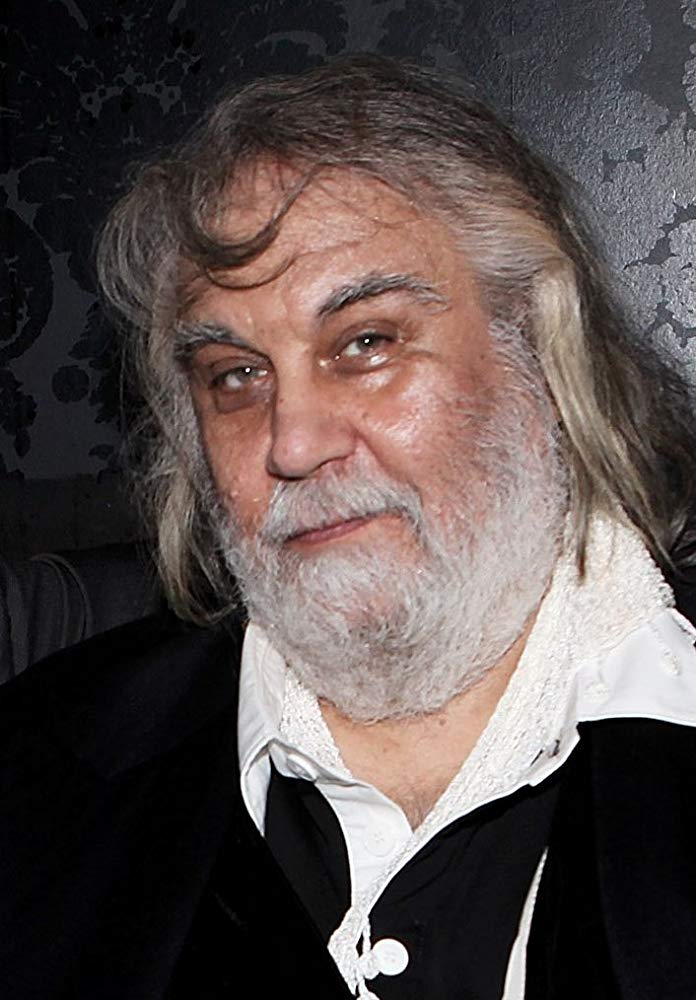
Quote: “I function as a channel through which music emerges from the chaos of noise.”
Evángelos Odysséas Papathanassíou, better known as Vangelis, is a Greek composer known especially for his electronic and orchestral film scores. Vangelis was born near Volos, Greece, in 1943. He was mostly self-taught as a musician, starting to practise music at an early age. Most notable as a film composer, he has made the scores for movies such as Chariots of Fire (1981) and Blade Runner (1982), and music from his scores has also been used outside of films. A pioneer in the use of synthesizers and characteristic style, he is considered one of the most influential composers of electronic music in history, and the impact of his works can be hard to miss in a wide array of musical genres today.
Øystein Wyller Odden
Text: Elias Sukken Andersen
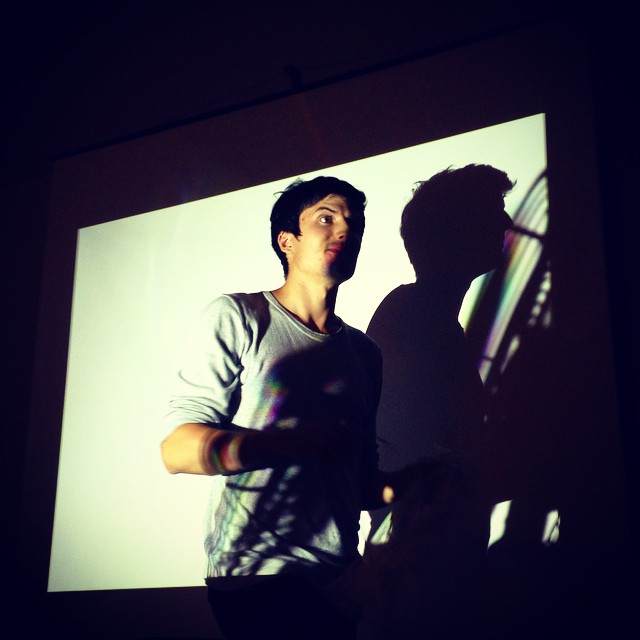
Born 1983, Notodden, Norway.
Education: 2004-2005 Nordland College of Art and Film 2007-2008 University of Bergen 2005-2009 Oslo National Academy of the Arts – BA in Fine Arts
Related work/accomplishment: Øystein is known for his installations and objects, often with the use of sound and light. The work is about exposing and investigating structures in a given material. Øystein are currently having an arts exhibition called “Mains Hum” at “Kunstnernes Hus” in Oslo. At the exhibition you can sit down on chairs from Oslo Catehdral, listen to the sound (through headphone) and feel the vibration (through a BassPump vibration element) of the “Mains Hum”, which consists of a mix of the sound of the church’s power line hum and the organ composition based on this hum.
Justin Frankel
Text: Jonas Bjordal

Justin Frankel (born 1978) is an American computer programmer known for founding Nullsoft, developing the music player WinAmp, and founding the company Cockos that has made the digital audio workstation Reaper.
“For me, coding is a form of self-expression. The company controls the most effective means of self-expression I have. This is unacceptable to me as an individual, therefore I must leave.” – Quote after resigning from AOL.
He was raised in Sedona, Arizona. His programming skills became apparent early in his childhood. He attended the University of Utah taking Computer Science.
In 2002, he was named in the MIT Technology Review TR100 as one of the top 100 innovators in the world under the age of 35.
Today Frankel is making updates for Reaper on a regular basis listening to the requests in the Reaper forums.
Robert Fripp
Text: Eirik Dahl
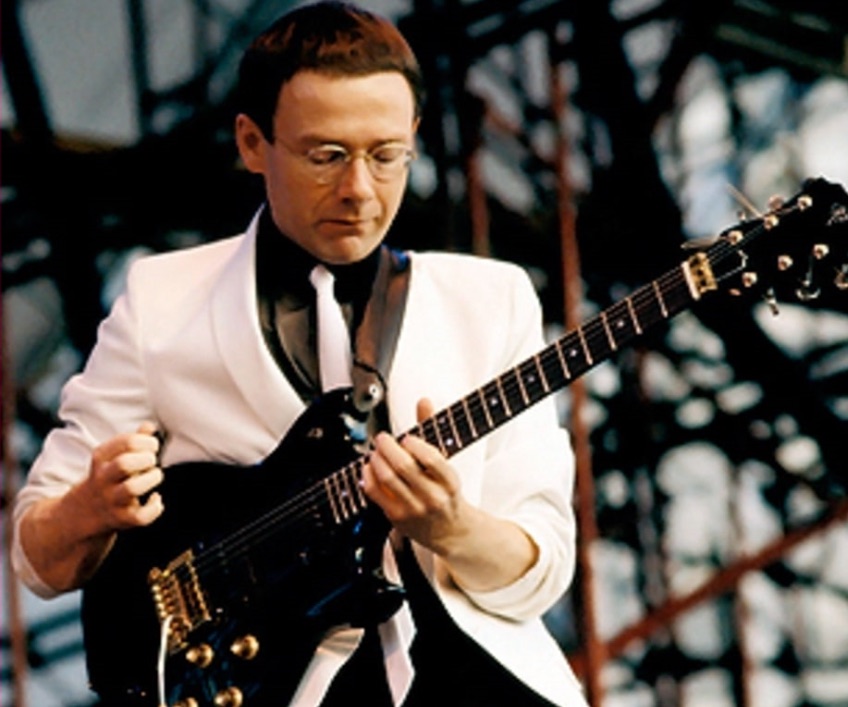
“I’d say that what we hear is the quality of our listening.”
Robert Fripp (May 16th 1946) is a British musician born in Dorset, England. After receiving a “very cheap guitar” at age 11 he decided that the guitar would be his life. From early on he was influenced by jazz. His complete discography lists more than 700 releases, but he is most known as the guitarist in King Crimson.
He has used and developed several technological innovations in his music. These include Frippertronics, soundscapes and a new tuning system for guitar (new standard tuning), based on the circle of fifths. Frippertronics is an analogue delay system consisting of two side-by-side reel-to-reel tape recorders. The effect is now found in many commercial loop stations, such as the Boss RC-3.
Keith Rowe
Text: Sepehr Haghighi
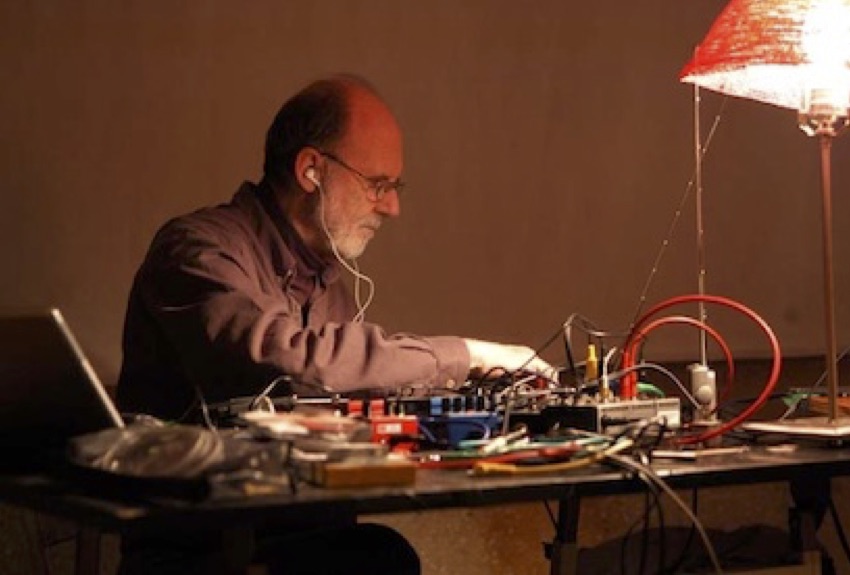
My hero in music technology is the English sound artist Keith Rowe, born in 10th of March 1940, in Plymouth, England.
He started with jazz in 1960s and after a while, became interested in experimenting more and turned into free improvisation. That began from laying the guitar flat and playing it with various innovative techniques, and led to involving radio signals in that style of playing, and the creation of sonically new atmospheres. He used to pick up the radio signals with guitar pick-ups and broadcast them through an amplifier.
He was the pioneer of Electro Acoustic Improvisation (EAI) and many artists in relevant fields, including me, are influenced by him. Regarding that matter, he used to tell his students: “You are still young. There will come a day that you’ll learn how improvise.”
Laurie Spiegel
Text: Karolina Jawad
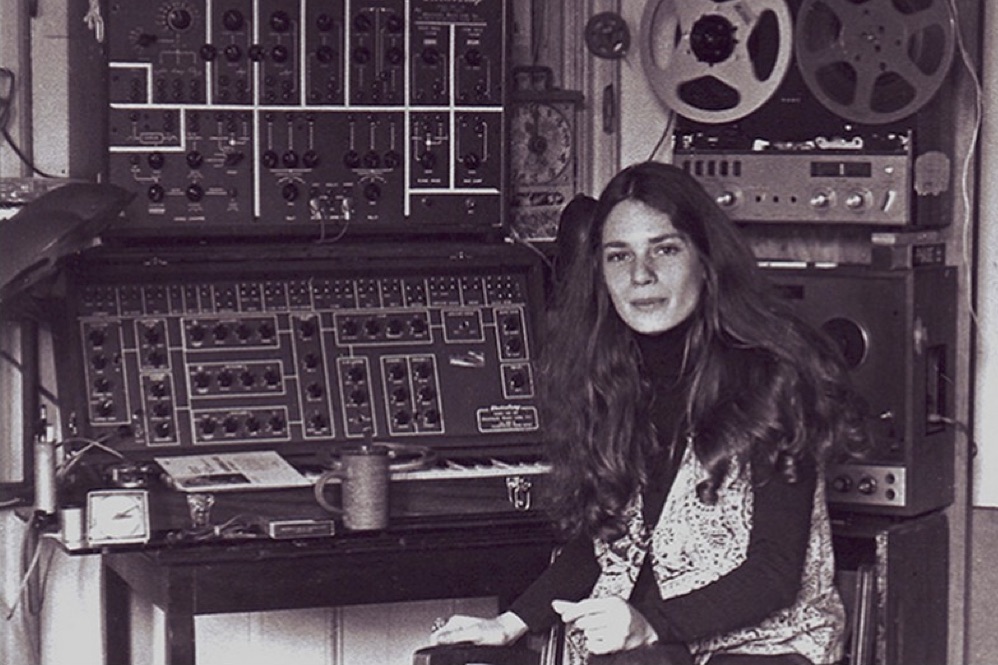
Laurie Spiegel, born September 20, 1945, in Chicago Illinois, US.
“I think of something and want to find it. Or make it if I can’t find it (…). This is why I have worked hard (.) (T)o make it easier for more people to be able to express themselves in music and art by use of new technology.“
Laurie tinkered from an early age on, she described herself as a ‘shy, awkward nerd girl’ and taught herself technological skills and playing classic instruments. At the Bell Labs, Laurie composed ‘The Expanding Universe’ (1973-1980) on a computer-analog hybrid system named ‘GROOVE’. After pioneering the NY new music scene in the early 1980s, she withdrew to focus mainly on developing an intelligent composition software called ‘Music Mouse’.
Her visionary music travels in space on NASA’S ‘golden record’.
Harold Burroughs Rhodes
Text: Jørgen Nygård Varpe

“I can hear my piano played six or seven times every half an hour on the FM station I listen to each morning”
Harold Burroughs Rhodes (1910-2000) was born in California, United States. He studied architectural engineering with a minor in music but dropped out to support his family during the Great Depression, working as a piano teacher. During WW2, he taught upwards of 150,000 wounded soldiers to play and build a bedside, portable piano called “Xylette”. He is well known for developing the Rhodes Method teaching course and for the invention of the famous Rhodes Electric Piano in the 1960s, which revolutionized the sound of jazz and pop of the decade. The Rhodes sound is still today extremely popular and used in many different genres, notably jazz, pop, funk, rock and R&B.
Misha Mansoor
Text: Ashane Silva
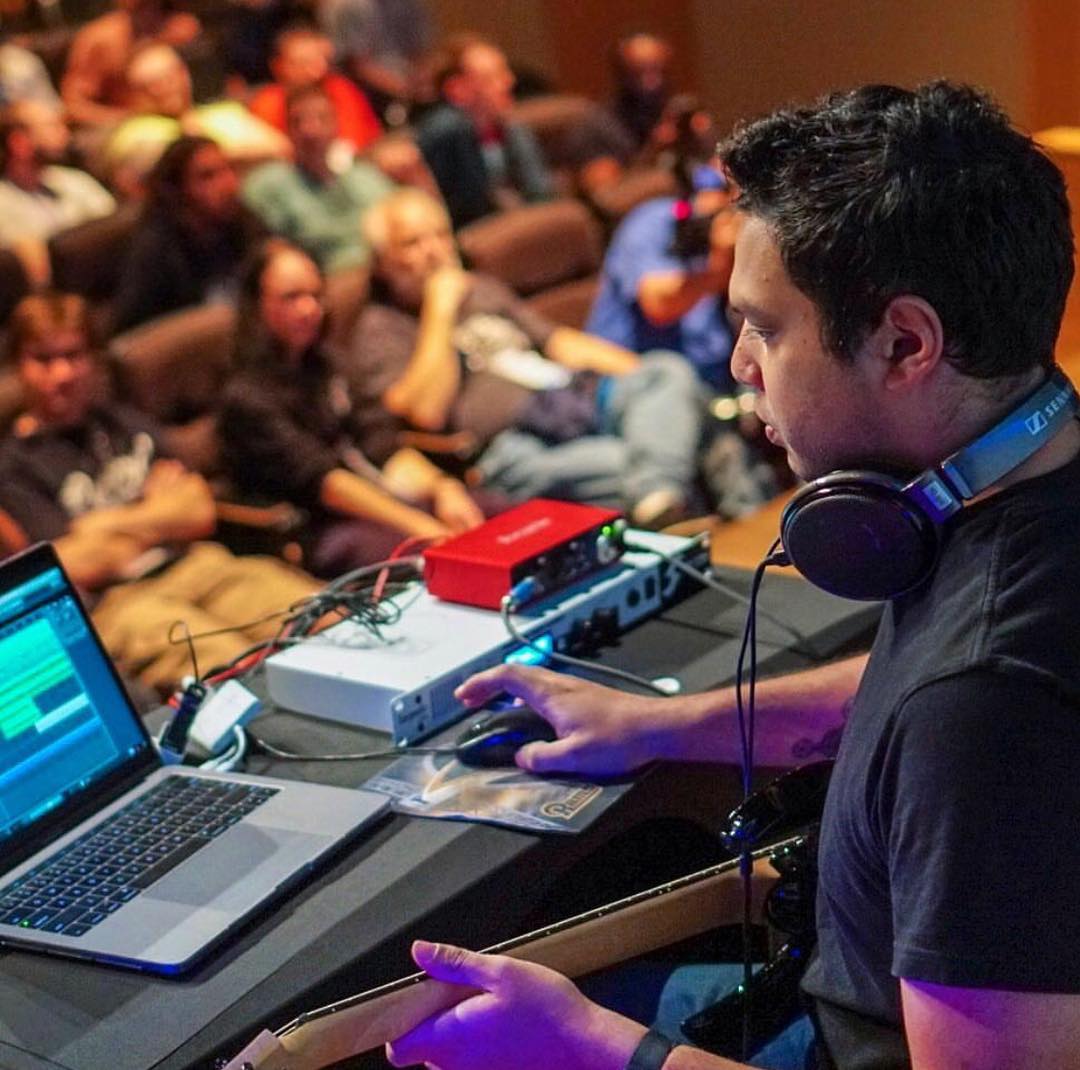
“Don’t be your own worst enemy. Just go for it! Stop making excuses!”
Misha Mansoor (1984-Present) is an American guitarist and a music producer born in Bethesda, Maryland, United States. He is also known as “Bulb” for his solo project where he slowly gained reputation by posting his music on the Internet. And later he became the founder of his band “Periphery”.
Misha can be recognized as a pioneer of the “Djent” movement in the modern heavy metal industry. His composition approach of using low tuned guitars, groovy polyrhythmic riffs combined with soaring melodies became a new wave. Later he developed his signature guitar models and launched his own overdrive pedal named “Precision Drive”, which are built to serve the genre. He circumvented the traditional industry by the opportunities of the emerging digital paradigm which opened new doors for musicians.
Liam Howlett
Text: Samuel Roman
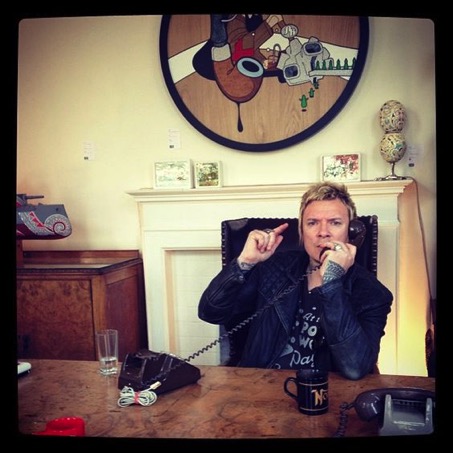
“As far as the rock ‘n’ roll format in dance music goes, I don’t think it’s been done before with such full-on attitude. The idea behind that was because no-one else hade done it. Everything was right at the time for us to do that.”
Born is Essex, England in 1971, Liam Howlett is the musical force behind the Prodigy, known as “the Godfathers of Rave”, one of the most successful electronic acts of all time. He is the founder, writer, mixer, and producer for the act responsible for bringing rave music and culture to the mainstream, selling a total estimated of 30 million records worldwide.
He is a classically trained pianist and DJ. During the 1980s he was attracted to the hip hop culture, a style seen in much of his music. After meeting Keith Flint at an outdoor party, the band was formed. Moving from rave to distorted punk rock, back to ambient, Liam retains impact today with music that defines youth, and spans many electronic genres.
Tom Morello
Text: Shreejay Shrestha
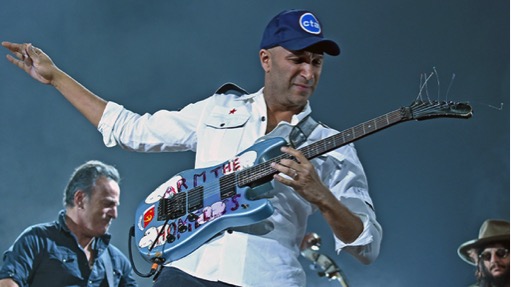
“A musician’s or artist’s responsibility is a simple one, and that is, through your music to tell the truth.”
Born in May 30, 1964, Thomas Baptiste Morello is known as Tom Morello. He is an American musician, singer, songwriter, actor as well as political activist. He attended Harvard University and earned a Bachelor of Arts degree in Social Studies. He has won two Grammy awards for ‘Tire Me’ in 1996 and ‘Guerrilla Radio’ in 2000. He is best known for his contribution with the band Rage Against the Machine and Audioslave that created many popular and influential rock hits in the 1990s. He is equally famous for his unique guitar playing style that includes heavy metal/punk hybrid riffs and hip hop inspired sounds using various effects. Currently he is teaching electric guitar through the online portal www.masterclass.com
Lars Dietrich
Text: Guy Sion

Lars Dietrich is a Dutch saxophonist, composer and electronic musician. He grew up in Amsterdam, The Netherlands, and was introduced to the saxophone at the age of 10. Lars graduated from both the Conservatory of Amsterdam and Manhattan School of Music. He has released two albums under his name and is featured on numerous recordings as a sideman. In the last several years, Lars has been developing new tools and ways for an acoustic instrument such as the saxophone to be merged with technology. He builds devices that translate audio to MIDI and uses his saxophone with MaxMSP to create audiovisual pieces featuring his animated singer creation - Lucy, together with several instruments he has designed and built. No quote nor age are available at the moment. https://www.instagram.com/lars.dietrich/
Karlheinz Stockhausen
Text: Espen Wik
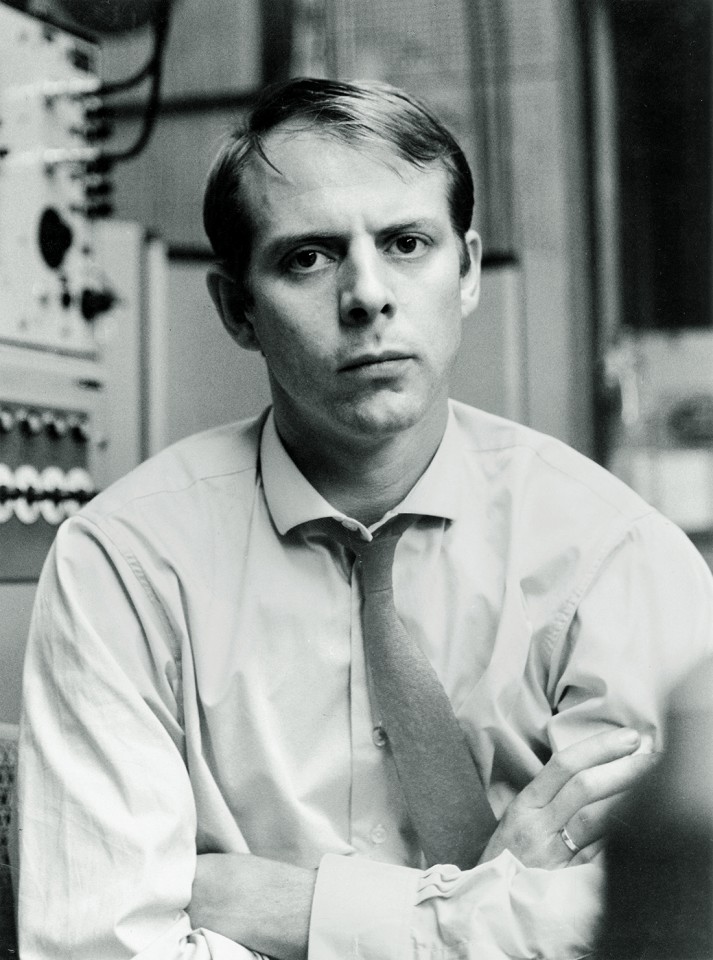
«I didn’t break anything… I just left it as it is. But, I added a lot of new works…»
German composer/theoretician. Born: Mödrath, Germany.
Stockhausen (1928-2007) grew up as Germany was devoured by the ideology of Nationalsozialismus; it took its toll, also on the young composer, leaving him orphaned.
1947-1951: Studies at The State Academy for Music in Cologne and The University of Cologne.
In 1952 he went to Paris and, under the guidance of composers like Oliver Messiaen and Darius Milhaud, Stockhausen was to become one of the 20th century’s greatest influencers on contemporary music. Leaving behind him works such as «Gesang der Jünglinge» his pioneering in electronic music can hardly be overestimated, with an impact that spans from Avant-garde to the realm of pop.
Photo Sources
Photo credit: Ebet Roberts/Redferns (1984) “Robert Fripp” Retrieved from URL: https://www.newsounds.org/story/ask-john-schaefer-anything-can-a-musician-be-too-virtuosic/ Date 16/11/2018
PHOTO: Larry Busacca, Getty Images (2015 “Tom Morello” Retrieved from : https://www.guitarplayer.com/players/tom-morello-tells-guitarists-gear-doesnt-matter Date : 1st November, 2018
Photo: Stan Bratman, courtesy Laurie Spiegel.(1971) Title: “Laurie Spiegel with her analog synthesizer and reel-to-reel tape recorders in 1971.” Picture title retrieved from URL: https://nmbx.newmusicusa.org/laurie-spiegel-grassroots-technologist/Date 18/11/2018
Instagram citation: Username: lars.dietrich (2016, August). [Instagram post]. Retrieved from URL: https://scontent-arn2-1.cdninstagram.com/vp/da9216347fd5281682a1349246d1cd12/5CA9E3C3/t51.2885-19/s150x150/36771109_194599607876898_8504712472228265984_n.jpg
Instagram Citation: Username: theprodogyofficial (1/10/2012) “Live from the idi Amin suite” Retrieved from URL: https://www.instagram.com/p/QONAnLLM95/ Date 21/11/2018
Photo credit: Helge Øverås (1977) “Frank Zappa” Retrieved from URL: https://upload.wikimedia.org/wikipedia/commons/c/c4/Zappa_16011977_01_300.jpg Date 22/11/2018
Photo credit: Fender Rhodes Story (2015) “Harold Burroughs Rhodes (December 28, 1910 – December 17, 2000) #HBD #HaroldRhodes #Inventor #RhodesPiano” retrieved from URL: https://twitter.com/rhodesstory/status/681451529757392897 Date: 21.11.2018
Photo credit: Dave M. Benett (2012) Vangelis - Image courtesy gettyimages.com URL: https://m.media-amazon.com/images/M/MV5BMTA1ODQzOTAwMDheQTJeQWpwZ15BbWU3MDA3NTIyMjg@.V1_SY1000_CR0,0,696,1000_AL.jpg 21.11.2018
Photo credit:Yuko Zama/Erstwhile Records (2008) “Keith Rowe performing solo at the AMPLIFY 2008 festival, Kid Ailack Art Hall, Tokyo” Source: https://www.flickr.com/photos/13715378@N00/2883007453/in/set-72157607478052549/ 21.11.2018
Photo credit: Justin Frankel (2012) “Justin Frankel” Retrieved from URL: https://www.1014.org/index.php?article=489 Date 23/11/2018
(Copyright: Karlheinz Stockhausen © 1960 Archives Stockausen Foundation for Music https://philharmoniedeparis.fr/en/activity/musique-de-chambre/15480-tokyo-1966)
Instagram Citation: Username: larssture (Sept. 2014) “Øystein Wyller Odden” Retrieved from URL: https://www.instagram.com/p/ss-dq0r-rx/?fbclid=IwAR1H3rwFacH-u-gHepXWFbkLd3Qg1MB2mPiT1xCoK4Sj5fK93JA8dJ6EyRo Date 21/11/2018
Instagram Citation: Username: mishaperiphery (June. 2016) “Misha Mansoor” Retrieved from URL: https://www.instagram.com/p/BkiPV71AMGa/ Date 21/11/2018
